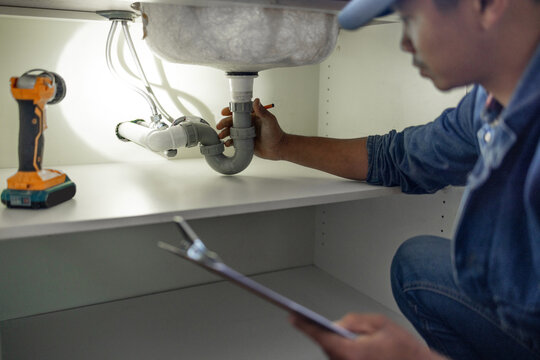When it comes to maintaining the functionality and aesthetics of your home, access panels for plumbing fixtures play a crucial role. Whether you’re a homeowner or a real estate developer, understanding the importance of these panels can lead to more efficient maintenance and a well-organized plumbing system.

What Are Access Panels?
Access panels are installed in walls or ceilings to provide easy access to plumbing fixtures, electrical wires, or other critical systems within your home. These panels are essential for routine maintenance and emergency repairs, allowing you to avoid unnecessary damage to your walls or ceilings.
Why Are Access Panels Important?
The primary purpose of access panels is to provide a convenient entry point for repairs and maintenance. Without them, you would need to cut into walls or ceilings, leading to time-consuming and costly repairs. Additionally, they help maintain the aesthetic appeal of your home by covering unsightly fixtures and pipes.
Types of Access Panels
There are various types of access panels available, each designed for specific needs. Some common types include:
- Flush Panels: These panels are designed to sit flush with the wall or ceiling, providing a seamless appearance.
- Recessed Panels: Ideal for areas where aesthetics are a priority, these panels can be painted or wallpapered to match the surrounding area.
- Fire-Rated Panels: These panels are designed to meet fire safety standards, providing additional protection in case of a fire.
- Drop-In Panels: Easy to install and remove, these panels are perfect for quick access to plumbing fixtures.
Choosing the Right Access Panel for Your Needs
When selecting an access panel, consider the following factors:
- Location: Determine where the panel will be installed and choose a type that suits the specific area.
- Material: Access panels are available in various materials, including plastic, metal, and drywall. Choose a material that meets your needs and budget.
- Size: Ensure the panel is large enough to provide adequate access to the plumbing fixture.
- Fire Rating: If the panel will be installed in an area with fire safety requirements, choose a fire-rated option.
Installation Tips for Access Panels
Installing an access panel can be a straightforward process if you follow these tips:
- Plan Ahead: Determine the best location for the panel and measure the area to ensure a proper fit.
- Use the Right Tools: Ensure you have the necessary tools and materials for the installation process.
- Follow Instructions: Carefully read the manufacturer’s instructions to ensure proper installation.
- Check for Obstructions: Ensure there are no pipes, wires, or other obstructions behind the wall or ceiling before cutting.
Benefits of Access Panels
The benefits of installing access panels include:
- Convenience: Easy access for maintenance and repairs.
- Cost-Effective: Reduces the need for costly wall or ceiling repairs.
- Aesthetic Appeal: Maintains the appearance of your home by covering unsightly fixtures.
- Safety: Fire-rated panels provide additional protection in case of a fire.
Common Uses for Access Panels
Access panels are commonly used in various areas of the home, including:
- Bathrooms: Provide access to plumbing fixtures, such as shower valves and pipes.
- Kitchens: Allow for easy access to plumbing and electrical systems.
- Laundry Rooms: Facilitate access to water supply lines and electrical connections.

Maintaining Your Access Panels
To ensure the longevity and functionality of your access panels, regular maintenance is essential. Here are some tips:
- Regular Cleaning: Clean the panels regularly to prevent dust and dirt buildup.
- Check for Damage: Inspect the panels for any signs of damage or wear and replace them if necessary.
- Ensure Proper Fit: Ensure the panels fit securely and do not become loose over time.
FAQs About Access Panels
Here are some frequently asked questions about access panels:
- What materials are access panels made from? Access panels are typically made from plastic, metal, or drywall, depending on the specific needs and budget.
- Can access panels be painted? Yes, many access panels can be painted or wallpapered to match the surrounding area.
- Are fire-rated access panels necessary? If the panel will be installed in an area with fire safety requirements, a fire-rated option is recommended.
For more information on plumbing and home construction, visit Cold Climate Plumbing Tips and Plumbing Planning for New Homes.
This article contains affiliate links. We may earn a commission at no extra cost to you.



